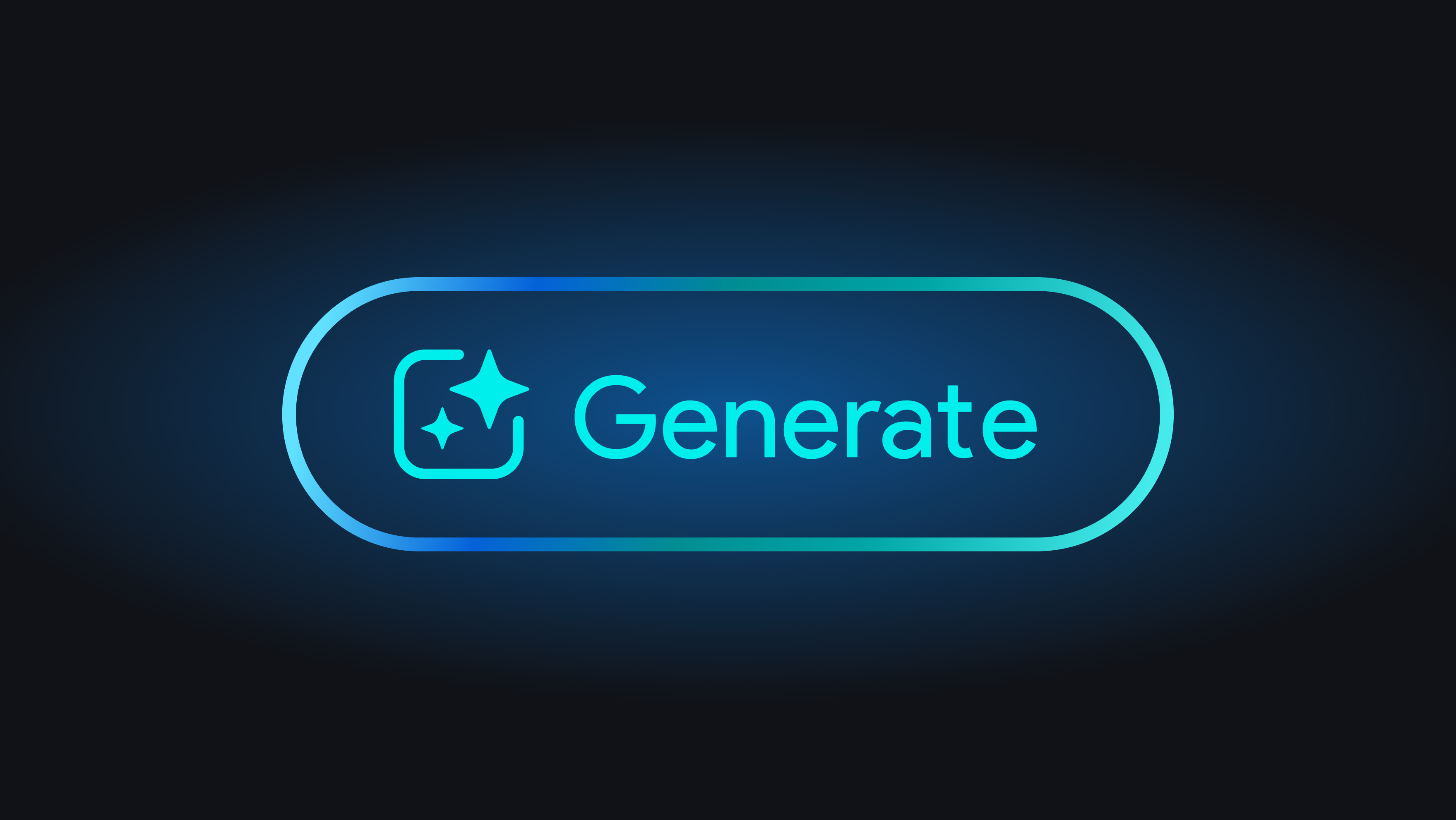AI vs 3D Product Animation: Which One is Right for You?

Artificial Intelligence (AI) is everywhere. It’s evolving by the day, infiltrating industries, simplifying workflows, and sparking conversations about how it will reshape the future. While the excitement—and concern—around AI is very real, one specific area worth exploring is how this technology intersects with 3D product rendering and animation.
Will AI-generated visuals eventually replace the tried-and-true methods of 3D animation? Or is there a better way to integrate both? In this article, we’ll break down the pros and cons of AI tools versus traditional 3D product animation, help you decide which is best for your needs, and look ahead at how both might work together.
A Brief History of 3D Product Animation
3D rendering and animation have come a long way since the first computer-generated hand was created by Ed Camull and Fred Park in 1972 who, soon after, would help found Pixar. What began as a crude academic experiment has grown into an industry standard for marketing, design, and product visualization.
By the early 2000s, many forward-thinking brands were replacing traditional photography with 3D visuals—and for good reason. 3D product animation allows for complete control over lighting, texture, movement, and environment. Today, it’s the go-to method for producing photorealistic videos and images that showcase products in the most compelling way possible.
But with the rise of AI-generated visuals, it's fair to wonder: Is a simple text prompt all it takes to replace over 50 years of innovation, skill, and rendering expertise?
What Are AI Image and Video Generators?
You’ve probably heard of tools like MidJourney, Runway, or Sora—platforms that generate high-quality images or short videos from nothing more than a few words.
These AI tools are easy to use, often inexpensive (or free), and in some cases, allow you to upload your own product photo to guide the visual output. They can be surprisingly effective for fast ideation and early-stage conceptualization. With little effort, you can visualize your product in new environments or styles, which makes AI especially useful for mood boards and brainstorming.
However, if you're hoping for precision, realism, and creative control, there are limitations.
3D Animation vs AI Tools: A Side-by-Side Comparison
Let’s compare both options based on key production needs:
AI-Generated Visuals
Pros:
- Very fast (images or videos generated in minutes)
- Low cost or free
- Great for brainstorming, conceptual sketches, or mood boards
Cons:
- Limited control over final output
- Inaccurate product replication (logos, textures, packaging often rendered incorrectly)
- Lower resolution or image fidelity
- Cannot generate consistent multi-angle shots or animations
3D Product Animation
Pros:
- Complete precision (can work directly from CAD files or product specs)
- Full creative control over lighting, animation, and environment
- Consistent, high-resolution deliverables optimized for web, advertising, and video
Cons:
- Requires more time to produce (anywhere from weeks to months)
- More expensive (depending on complexity and animation length)
- Needs skilled artists or a studio with technical expertise
When to Use AI vs 3D Product Animation
If your goal is to quickly sketch out ideas or generate conceptual images without the need for pixel-perfect accuracy, AI tools can be a powerful ally. They’re ideal for early product development, marketing mood boards, or pitch decks where the focus is on speed and experimentation.
However, if you're launching a new product, creating a product video, or need visuals that are true to spec, on-brand, and ready for market, 3D product animation is still the best option. It offers unmatched realism and flexibility, making it perfect for websites, ads, ecommerce, social media, and investor presentations.
Can AI and 3D Animation Work Together?
Absolutely. AI-generated storyboards, mood boards, and visual references can save time and spark creativity during pre-production. Once a visual direction is established, then teams can transition to professional 3D animation to ensure final deliverables meet exact brand standards.
This hybrid workflow—using AI for ideation and 3D animation for execution—offers the best of both worlds.
Looking Ahead: Will AI Replace 3D Rendering?
Not anytime soon.
While AI tools are rapidly improving, they still lack the spatial awareness, precision, and consistency required for high-end commercial animation. AI currently struggles with things like product proportions, camera angles, reflective surfaces, and technical accuracy.
For now, 3D product animation remains essential for brands that demand top-tier visuals. AI may one day bridge the gap, but for serious product marketing, it's not quite there yet.
Need Professional 3D Product Animation?
At Go3DViz, we specialize in creating photorealistic 3D product animations and renderings that elevate your brand. Whether you’re launching a new product or need cinematic visuals for your next campaign, we’re here to help bring your vision to life.
Ready to impress your customers and stand out in a crowded market?



